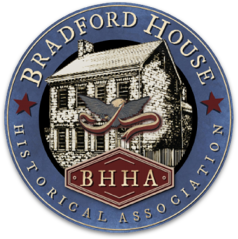The Website Gentlemen Ranters Publishes an Article About The Whiskey Rebellion
Written by Aaron Kendeall from Gentlemen Ranters

What Was the Whiskey Rebellion?
In the 18th century, a new nation was recovering from its War of Independence. The economy was in shambles. And, subsequently, so were the drinking habits of citizens across the fledgling United States of America.
During the colonial era, American whiskey was considered a low-brow tipple, one relegated to mountain folk of the frontier beyond population centers along the East Coast. But following the Revolutionary War, whiskey was thrust into the forefront of the American experiment—causing an early confrontation whose reverberations continue to be felt today.
In this article, we’ll see how these factors led to the event known as the Whiskey Rebellion. And we’ll see how the spirit at the heart of this conflict—Monongahela Rye—was an early predecessor of today’s Bourbon and American Rye whiskeys and how innovative craft whiskey makers are bringing back this historical spirit and leading a renaissance in an emerging whiskey sub-category.
Background & History
Following the end of the American War for Independence, the newly established Treasury Department—led by Alexander Hamilton—was broke. During the war, the national government—an alliance of states loosely bound by the Articles of Confederation—was unable to levy taxes. As a result, it racked up $75 million in debt.
Simultaneously, America’s relationship with drinks was being altered by divergent forces.
First, the production of Rum was disrupted by the war. The import of finished drinks like European wine and French cognac ceased, as did trade with the British islands that supplied the molasses the Atlantic coast distilleries used to make Rum were wiped out by British embargoes. Import duties caused prices to soar. Suddenly, the favorite tipples of those living in the wealthy and influential population centers along the Atlantic Coast were wiped out.

